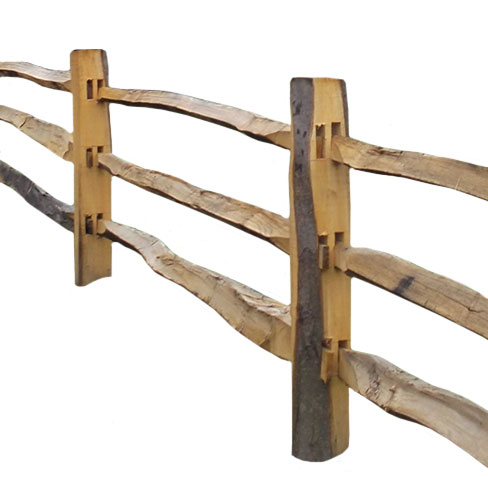misterfish
Established Member
We need to have some new perimeter fencing and like the look of cleft post and 3 rail chestnut fencing.

What we can't find out is how long it should last. As we're going to need at least 100 metres (which won't be cheap) we want it to remain in decent condition as long as possible. Any info or experience of relevance much appreciated.
Misterfish

What we can't find out is how long it should last. As we're going to need at least 100 metres (which won't be cheap) we want it to remain in decent condition as long as possible. Any info or experience of relevance much appreciated.
Misterfish



































